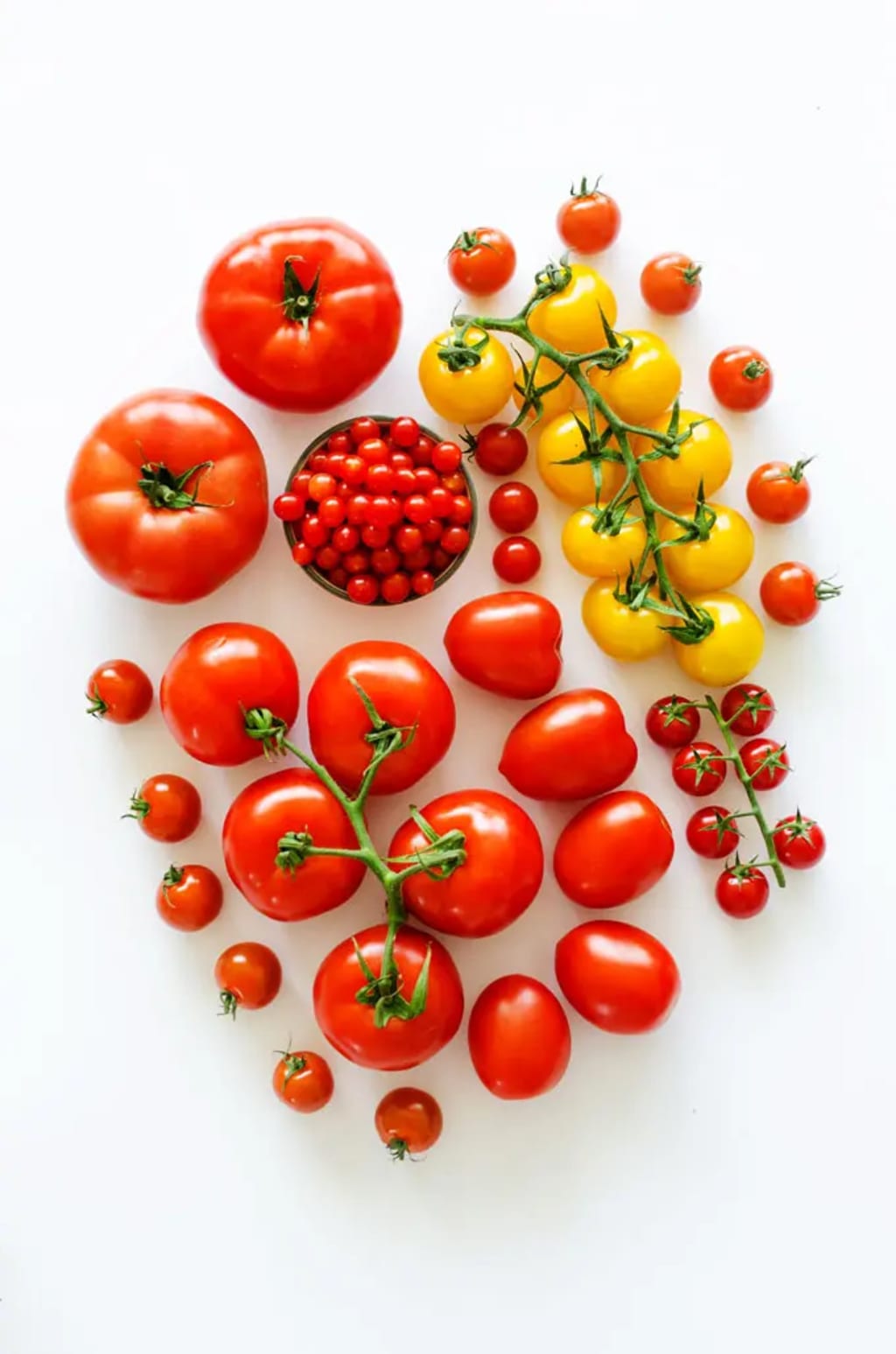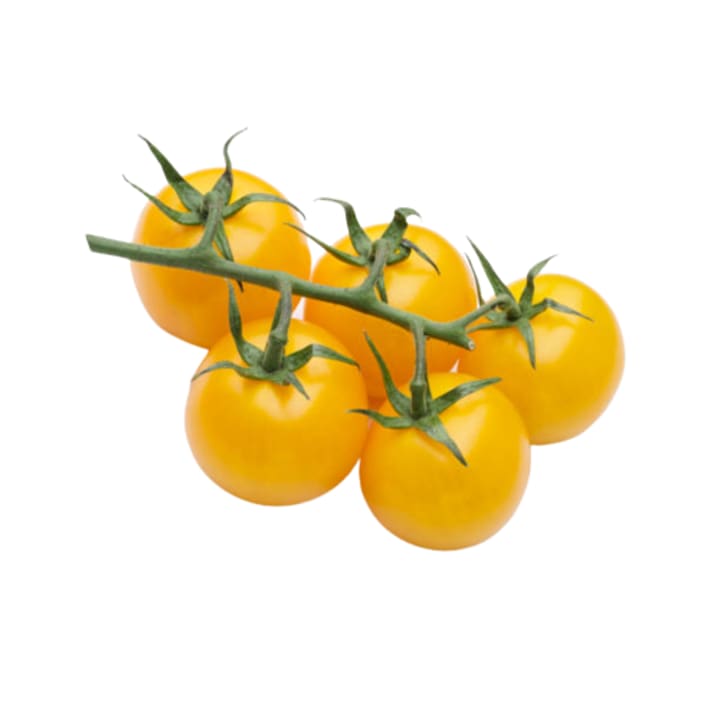Tomatoes Unveiled: Fruit or Vegetable? The Botanical and Culinary Debate
Exploring the Identity Crisis: Tomatoes as Fruits or Vegetables

In the realm of culinary confusion, few topics have sparked as much debate as the classification of tomatoes. Is a tomato a fruit or a vegetable? While botanical definitions may offer a clear answer, culinary traditions and legal distinctions complicate the matter. In this article, we delve into the intriguing world of tomatoes, examining their dual identity and the factors that have contributed to this long-standing conundrum.
Tomatoes of different types:
Tomato Cherry Yellow: Tomato Cherry Yellow, also known as Yellow Cherry Tomato, is a small-sized tomato variety that is round and usually bright yellow in color. It belongs to the cherry tomato category, known for its sweet and tangy flavor. These tomatoes are often enjoyed as a snack, in salads, or used for garnishing due to their vibrant color and pleasant taste.

2. Tomato Beef: Beefsteak tomatoes, commonly referred to as "beef" tomatoes, are known for their large size and meaty texture. They come in various colors, including red, pink, and yellow. These tomatoes are popular for their rich, juicy flesh, making them a favorite for slicing and adding to sandwiches, burgers, and salads. Due to their size and flavor, beefsteak tomatoes are a staple in many culinary applications.

3. Tomato Cherry Plum: Cherry Plum tomatoes, sometimes called Plum Cherry tomatoes, are a small-sized tomato variety that combines attributes of both cherry and plum tomatoes. They are oval or plum-shaped and come in various colors, like red, yellow, and even striped varieties. Cherry plum tomatoes are sweet, with a rich tomato flavor, and are often used for snacking, adding to salads, or roasting to enhance their natural sweetness.

4. Tomato Kumato: Kumato tomatoes, often marketed under the brand name "Kumato," are a distinct variety of tomato known for their unique color and flavor profile. These tomatoes are typically smaller to medium-sized and range in color from deep green to reddish-brown when ripe.

The Botanical Definition: Botanically speaking, a fruit is the mature ovary of a flowering plant, typically containing seeds. By this definition, tomatoes undeniably fall into the fruit category. They develop from the ovary of the tomato flower and contain seeds, thus aligning them with other fruits like apples, peaches, and grapes.
Culinary Perception: In contrast to botanical classifications, culinary traditions often dictate how we perceive and use foods. Tomatoes are typically utilized in savory dishes, leading many to consider them vegetables. This culinary perspective has shaped their inclusion in salads, sauces, and various cooked dishes.
Culinary Versatility and Use: Tomatoes' diverse flavors and textures make them an essential ingredient in cuisines around the world. Their acidity adds depth to dishes, and they can be used as a base for sauces, soups, and stews. Their sweet varieties also shine in salads and as garnishes.
Historical Context: The Legal Case of Nix v. Hedden: In 1893, the question of whether tomatoes were fruits or vegetables took a legal turn. The case of Nix v. Hedden was brought before the United States Supreme Court to determine whether imported tomatoes should be taxed as vegetables. The court ruled in favor of classifying tomatoes as vegetables for tariff purposes, recognizing the common culinary usage.
The Tomato's Relatives: Fruits Masquerading as Vegetables Tomatoes aren't the only botanical fruits that challenge our culinary definitions. Bell peppers, eggplants, and zucchinis are all technically fruits in botanical terms but are commonly treated as vegetables due to their savory uses.
Modern Perspectives and Applications: While the debate over tomatoes' classification continues, modern culinary creativity allows us to appreciate the duality of this fruit-vegetable. From heirloom tomato salads to tomato-based desserts, chefs and home cooks alike are reimagining the boundaries of taste.
The Cultural Lens: Different Strokes for Different Folks Cultural perspectives also influence how we perceive tomatoes. In some cultures, tomatoes are more commonly used in sweet dishes, blurring the lines between fruit and vegetable further.
Conclusion: The debate surrounding tomatoes as fruits or vegetables reflects the intricate interplay between botany, culinary traditions, and human perceptions. While botany defines tomatoes as fruits, centuries of culinary use and a historic legal ruling have woven them into the fabric of vegetable-centric cuisine. The beauty of the tomato's classification lies in its ability to defy easy categorization, inviting us to appreciate the complexity and diversity of the foods we enjoy. Whether you call them fruits or vegetables, there's no denying that tomatoes occupy a unique and flavorful space in our culinary world.





Comments
There are no comments for this story
Be the first to respond and start the conversation.